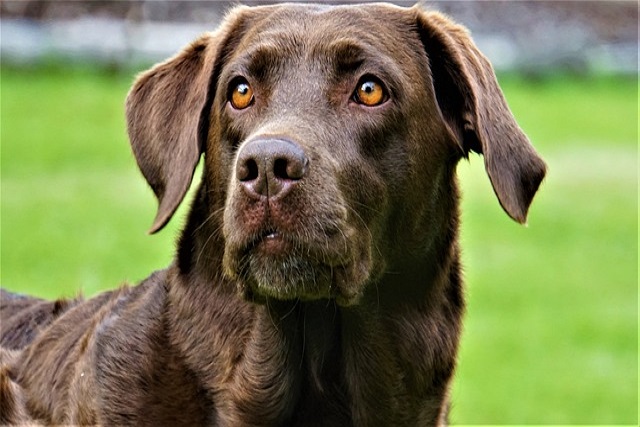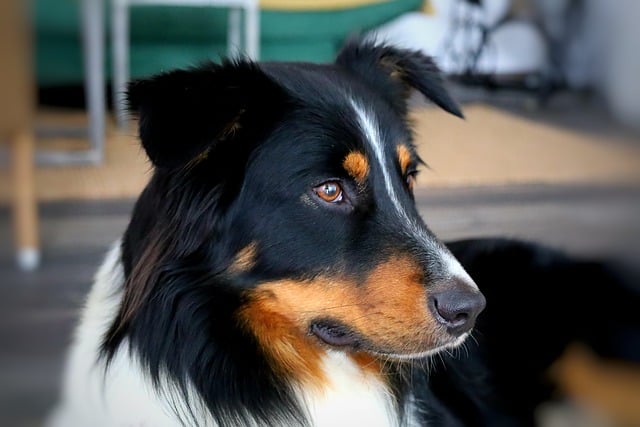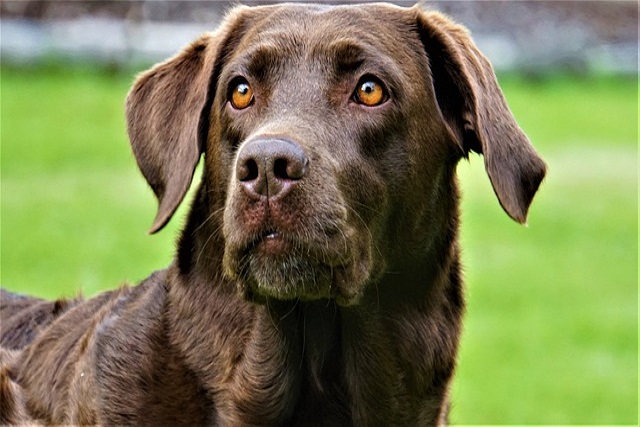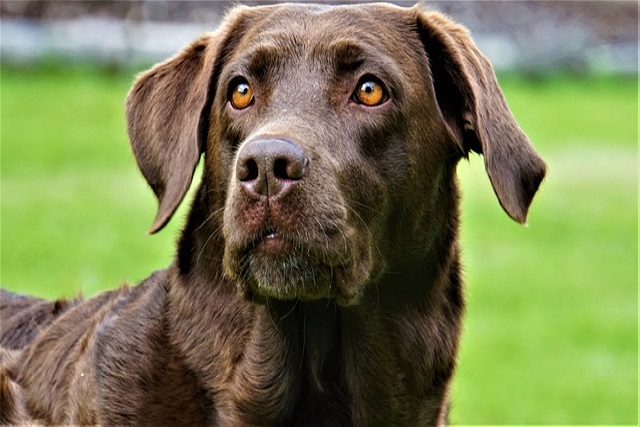
What foods cause tear stains in dogs?
That reddish-brown streak running from your dog’s eyes down their muzzle might look like a harmless smudge, but for many owners, it’s a persistent puzzle.
Can dogs get sunburn and peel? If you’ve ever watched your white boxer “Maggie” lounge in the backyard for hours on a sunny day, then noticed her pink nose turning red and flaky the next morning, you’re probably wondering if dogs can suffer from sunburn like humans. The short answer: yes, they absolutely can—and just like us, severe sunburn can lead to peeling, pain, and even long-term issues. Let’s break down why this happens, which dogs are most at risk, and how to keep your pup safe under the sun.
Dogs have fur to protect their skin, but it’s not a foolproof shield. Areas with thin or light-colored fur—like the nose, ears, belly, and around the eyes—are especially vulnerable. Breeds with short, white coats (like boxers, bulldogs, and Dalmatians) or hairless breeds (such as Chinese Cresteds) have almost no natural protection. Sunburn occurs when ultraviolet (UV) rays damage the skin cells, causing redness, inflammation, and eventually peeling as the damaged skin sloughs off. My friend in Arizona learned this the hard way: her pit bull “Rocky,” who has a pink belly, spent a afternoon at the lake without shade, and three days later, his belly was peeling in large, painful patches. The vet confirmed it was a bad sunburn.
So, how to prevent it? Start by limiting sun exposure during peak hours—10 a.m. to 4 p.m.—when UV rays are strongest. If you’re out during these times, stick to shaded areas like under trees or a patio umbrella. My neighbor in Florida does this with her golden retriever “Luna,” who now only plays in the yard in the early morning or late evening. For dogs with sensitive skin, use a pet-safe sunscreen (avoid zinc oxide, which is toxic if licked) on exposed areas. Apply it 15 minutes before going outside, and reapply after swimming or excessive licking. Turn sunscreen time into a positive experience: reward your dog with a treat after application, so they learn it’s nothing to fear.

If your dog does get sunburned, soothe the skin with a cool, damp cloth to reduce inflammation. Avoid petroleum jelly, which can trap heat; instead, use aloe vera gel (make sure it’s 100% pure, no additives). Never scold your dog for peeling or licking the area—they’re in pain, and stress will slow healing. Keep them indoors until the burn heals, and check for signs of infection like pus or excessive swelling, which mean a vet visit is needed.
Sun safety ties into responsible pet ownership. Keep your dog’s rabies vaccine current—required by 4 months in all U.S. states, with fines up to $500 in Los Angeles. A healthy immune system helps fight off skin damage, so staying on schedule matters. When out walking, always carry poop bags (fines in Chicago hit $250 for skipping) and clean up promptly—respecting public spaces includes keeping them safe for all pets.
Apartment dwellers, be mindful of windows—UV rays can penetrate glass, so keep your dog away from sunny spots during peak hours. If you have a balcony, add a shaded area with a canopy or umbrella. At dog parks, bring a portable shade tent to give your pup a break from the sun, and encourage other owners to do the same—it’s a small act of community care.
With a little prevention, your dog can enjoy the sun without the burn. When Maggie’s nose stays pink and healthy, and she trots happily through the yard without peeling skin? That’s the best sign you’re doing it right—keeping your pup safe, comfortable, and ready to soak up the good days.

That reddish-brown streak running from your dog’s eyes down their muzzle might look like a harmless smudge, but for many owners, it’s a persistent puzzle.

German Shepherds thrive on diets that match their high energy and muscular build, but figuring out the best options means looking beyond generic dog food labels.

What to give a dog for flaky skin? If you’ve been petting your Cocker Spaniel “Buddy” and noticed tiny white flakes floating onto your black sweater

Puppies start gnawing everything in sight around 3 to 6 months old, and it’s not just mischief—those tiny teeth are pushing through, and their gums ache. You’ll find them going after shoes, table legs, even your hand if you’re not careful.

Can dogs get sunburn and peel? If you’ve ever watched your white boxer “Maggie” lounge in the backyard for hours on a sunny day, then noticed her pink nose turning red

Tear stains—those reddish-brown streaks under a dog’s eyes—aren’t just unsightly. For breeds like Shih Tzus, Pugs, or Maltese, they’re a common frustration that can make even the fluffiest pup look perpetually teary.